The portable electric poultry netting I use in my backyard has been generating quite a buzz, so I thought I'd share a little more info about it. There are times in every flock when chickens should be separated from other flock members for for their safety such as after an injury, to prevent continued conflict, for breeding purposes, etc. Predator-proofing a flock in the yard, keeping chickens out of the garden or road, and providing fresh pasture to a flock are also terrific uses of portable electric poultry netting.
We setup 100 feet of Poultry Net Plus fencing behind the playhouse while we converted it into a coop. If you're considering poultry fencing- electric or not- I recommend speaking with experts to discuss available options and which will best meet your needs; Premier 1 Support can be reached at 800-282-6631.
We don't always use the charger to contain the Polish pullets, but when two of our roosters began challenging each other, we used it to keep them separated in the yard until we could re-home one of them, a much better alternative than keeping one of them in a crate.
How electric poultry netting works:
With the exception of the bottom strand, the horizontal strands in most nets connect to an energizer that sends a strong electric pulse down the wires approximately once per second. When an animal touches the netting with its sensitive nose, head or ears, the energizer pushes a pulse of electrons out through the netting, which results in a quick, uncomfortable muscle contraction before the charge exits into the ground through the animal's feet. The unpleasant sensation then causes the animal to avoid the fence. The more contact the animal has with the ground the greater sensation it will feel, so, a fox or raccoon with large, soft feet will get a bigger shock than a chicken. Technical questions and answers about electric poultry netting use and safety can be found at the Premier 1 Supplies website HERE.
Kathy Shea Mormino
Affectionately known internationally as The Chicken Chick®, Kathy Shea Mormino shares a fun-loving, informative style to raising backyard chickens. …Read on


shop my SPONSORS
The portable electric poultry netting I use in my backyard has been generating quite a buzz, so I thought I'd share a little more info about it. There are times in every flock when chickens should be separated from other flock members for for their safety such as after an injury, to prevent continued conflict, for breeding purposes, etc. Predator-proofing a flock in the yard, keeping chickens out of the garden or road, and providing fresh pasture to a flock are also terrific uses of portable electric poultry netting.
We setup 100 feet of Poultry Net Plus fencing behind the playhouse while we converted it into a coop. If you're considering poultry fencing- electric or not- I recommend speaking with experts to discuss available options and which will best meet your needs; Premier 1 Support can be reached at 800-282-6631.
We don't always use the charger to contain the Polish pullets, but when two of our roosters began challenging each other, we used it to keep them separated in the yard until we could re-home one of them, a much better alternative than keeping one of them in a crate.
How electric poultry netting works:
With the exception of the bottom strand, the horizontal strands in most nets connect to an energizer that sends a strong electric pulse down the wires approximately once per second. When an animal touches the netting with its sensitive nose, head or ears, the energizer pushes a pulse of electrons out through the netting, which results in a quick, uncomfortable muscle contraction before the charge exits into the ground through the animal's feet. The unpleasant sensation then causes the animal to avoid the fence. The more contact the animal has with the ground the greater sensation it will feel, so, a fox or raccoon with large, soft feet will get a bigger shock than a chicken. Technical questions and answers about electric poultry netting use and safety can be found at the Premier 1 Supplies website HERE.



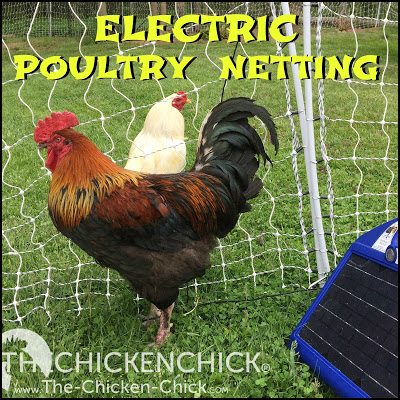
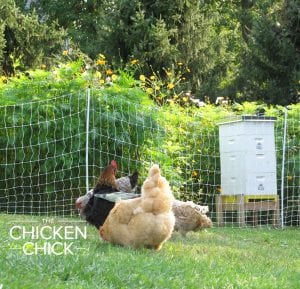
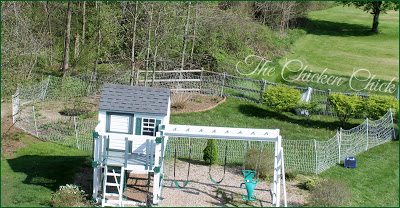
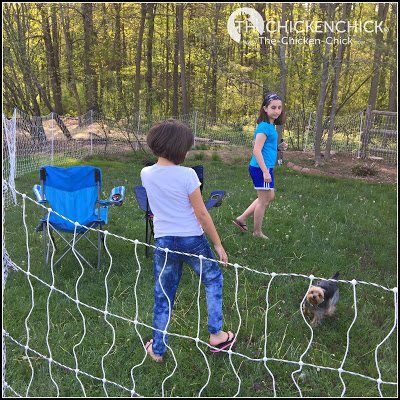

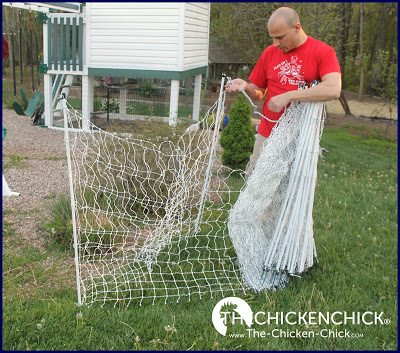

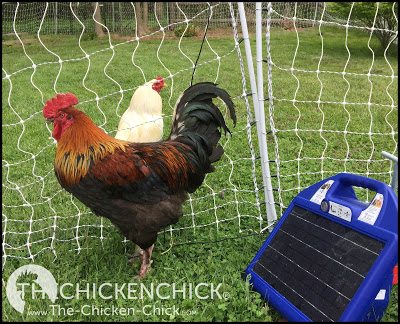

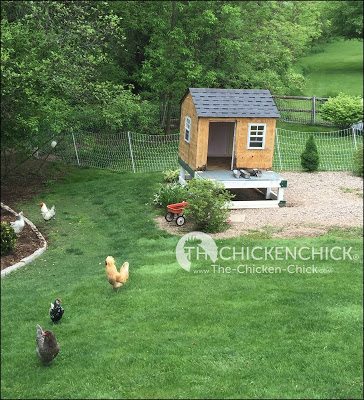












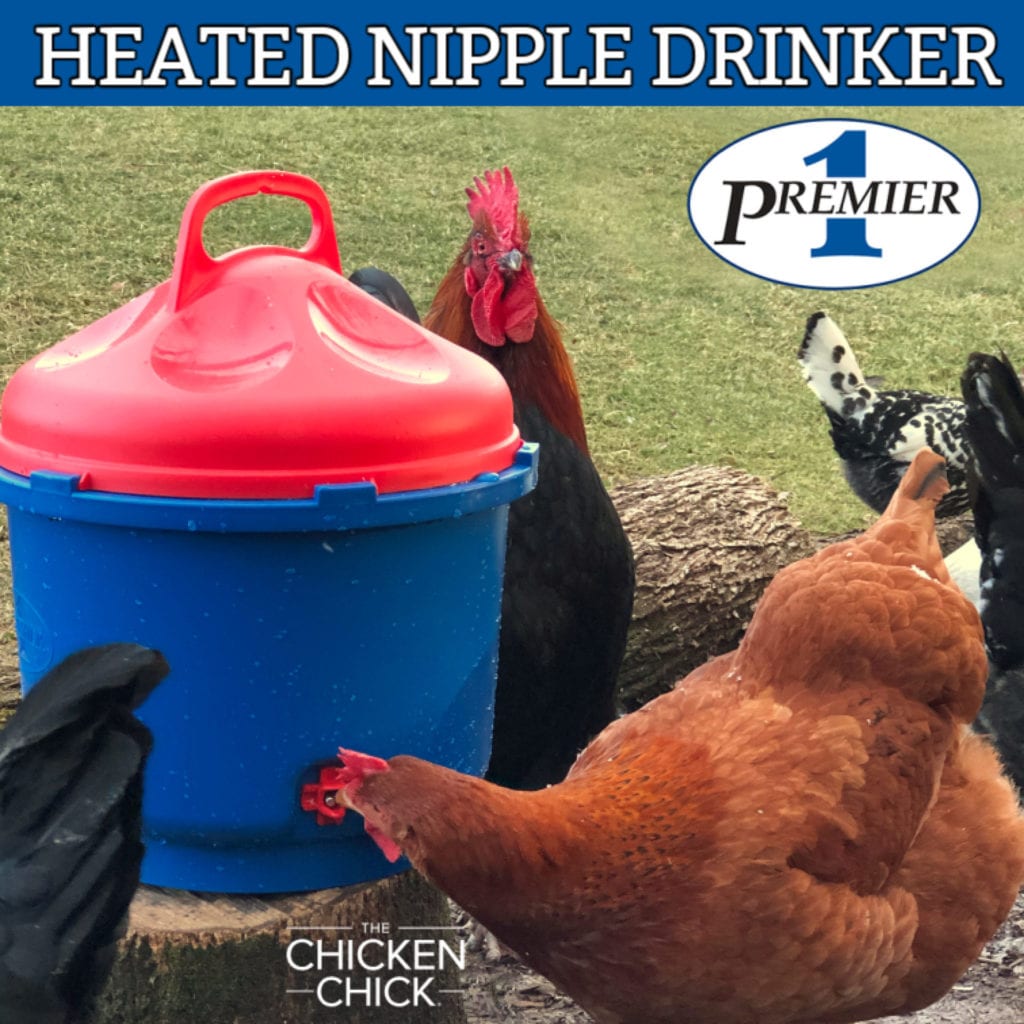


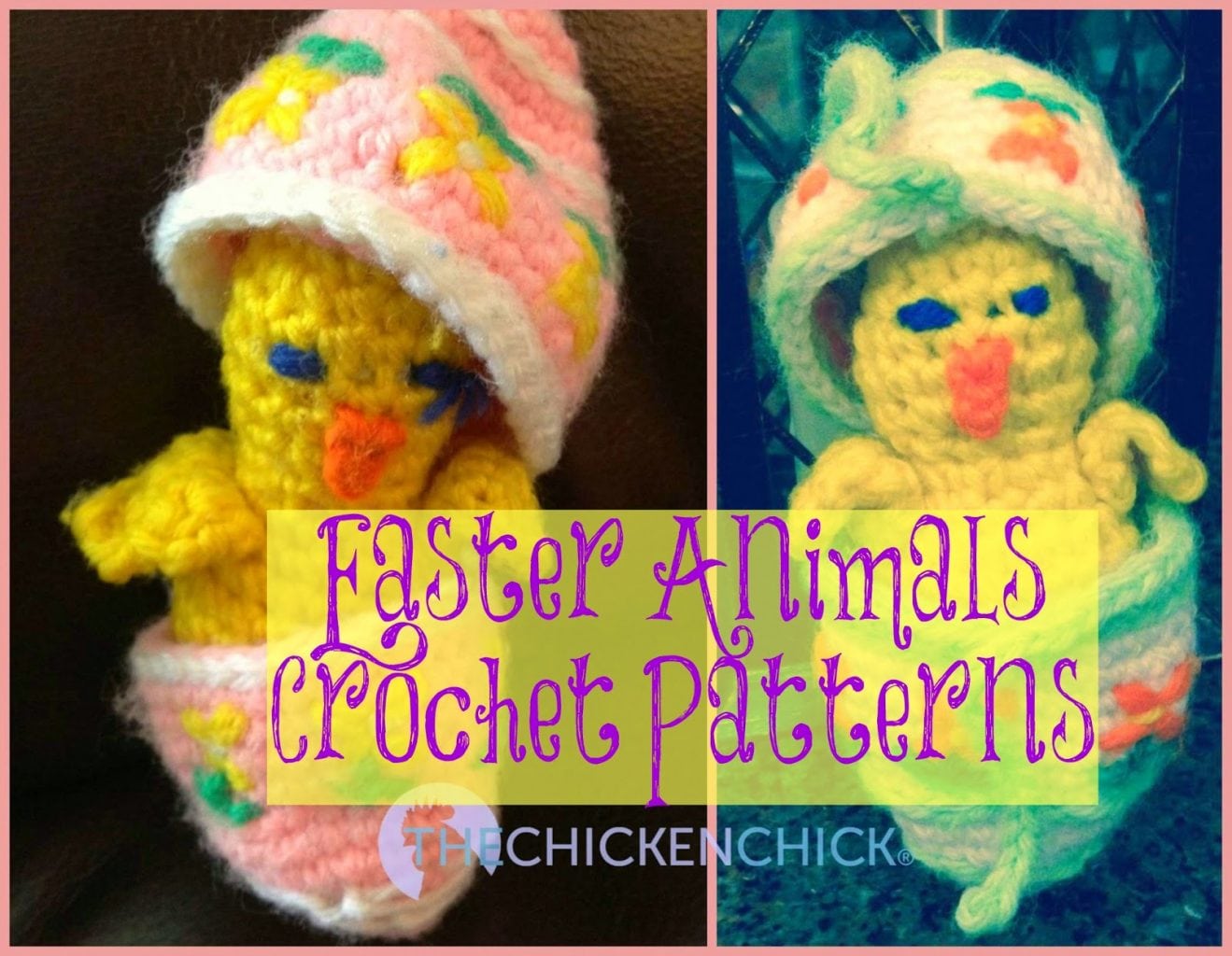






what is the giveaway? The picture shows a waterer, but it sounds like it’s the netting?
I’ve been eating to add a poultry netting to my operation
What a fortuitously timed article! I’ve been trying to figure out how to let my girls out in a bigger area, but keep them safe from the predators. Especially as one hen was taken a few weeks back on the edge of the yard. I live in a very rural area on the edge of BLM forest land, and have always believed it’s my responsibility to keep my animals safe from the predators, not shoot all the predators just because they want the free lunch buffet I set out for them!I’ve been looking at Premiers chicken netting, and WOW there’s… Read more »
I have used electric netting in the past and one word of warning is make sure that there is NO objects that can be used by a predator as a way to jump over~ Foxes are crafty and I had one leap from my husbands farm mower over the fence and wipe out my whole flock of welsummers. Its great stuff but make sure you also wind it up in a fashion that can easily be unwound. Can become a know nightmare as posts stick through. Long grass at the bottom can cause a short. I found these things out… Read more »
Entered! Thanks!!